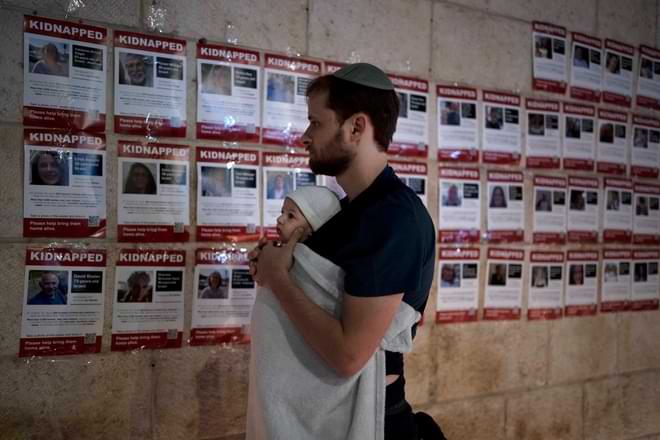| Note: Former First Lady Rosalynn Carter died yesterday at the age of ninety-six. I will be reflecting on her life and legacy in tomorrow’s Daily Article.
On November 4, 1979, Iranian students seized the US embassy in Tehran and captured fifty-two Americans, holding them hostage for 444 days. I remember the “Iran Hostage Crisis” very clearly. The hostages were headline news seemingly every day. Millions of us prayed for their safety, health, and release. Ten days after they were finally freed, they were given a ticker tape parade in New York City.
On October 7, Hamas terrorists took more than 240 people hostage. Among them are babies, children, women, the elderly, and the disabled.
Unlike the Iranian hostage crisis, Hamas’s hostages have been a back-page story in this unfolding crisis. When four were released and one was rescued by Israeli special forces, their stories made the news briefly, but the world’s attention has been far more focused on Palestinian civilians in Gaza and charges of genocide and brutality leveled against Israel.
Now we are learning that negotiators are nearing an agreement with Hamas to release fifty hostages in exchange for Israel allowing more aid and fuel into Gaza, along with a limited pause in fighting.
Why have the two hostage crises been reported and viewed in such starkly different ways?
What does this question say about our culture on this Thanksgiving week? |












